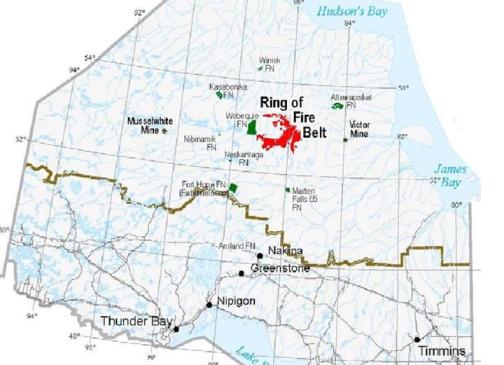TORONTO, ONTARIO, Jul 18, 2012 (MARKETWIRE via COMTEX) — Solid Gold Resources Corp. (“Solid Gold”)
Mission: Regional Gold Exploration at Lake Abitibi, Ontario, Canada
“Certainty of title and access to Crown land is paramount to our industry, but only the Crown can provide the certainty required to secure major investment to develop projects like the potential new gold camp at Lake Abitibi, Ontario”, states Darryl Stretch, President of Solid Gold. “No obstacle should stand in the way because, like the Ring of Fire, the Solid Gold project may be a once-in-a-century economic opportunity to the benefit of all Canadians.”
The Government of Ontario (the “Crown”) distributed a draft set of guidelines for its Ministries to properly consult and accommodate aboriginals where required.
A rising gold price, an unequivocal ruling from the Supreme Court of Canada (Haida) confirming that third parties have no duty to consult First Nations, and encouragement from the Crown formed the basis for Solid Gold’s decision to conduct a regional exploration program at Lake Abitibi, Ontario, Canada.
Over several staking campaigns, beginning in the fall of 2007 through the summer of 2010, Solid Gold acquired mineral rights to a 200-square-kilometer property on Crown land at Lake Abitibi (the “Property”).
























